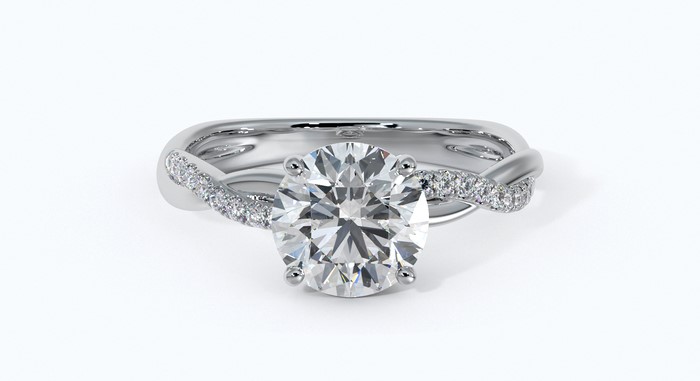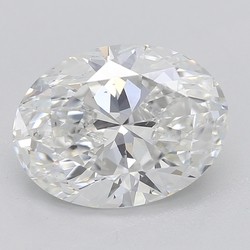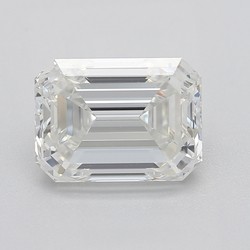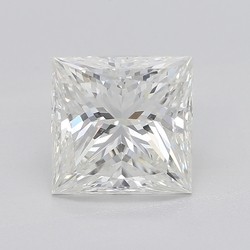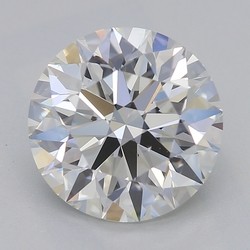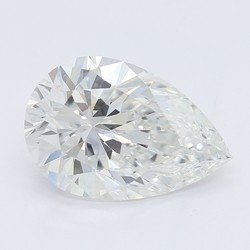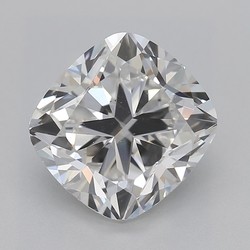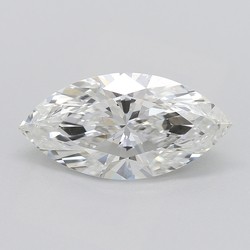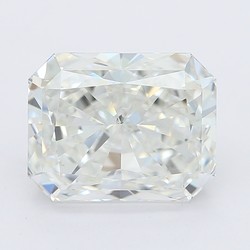How Much is a Diamond Worth?
Key Takeaways
- A diamond’s value is predicated on a long list of attributes, rather than one particular feature. For instance, there is no set price for a 1 carat diamond. It can vary from a couple thousand to more than $20,000, depending on its quality.
- Some features impact value more than others – and price tends to rise exponentially the higher you go on the grading scales.
- Diamond value is a complex subject, but it’s not difficult to figure out how you can use it to your advantage.
- There are plenty of things that elevate a diamond’s value that you don’t need to concern yourself with. Flawlessness is a great example of this. Just because collectors will pay an incredibly high sum for a flawless diamond doesn’t mean that you need to worry about getting one for yourself.
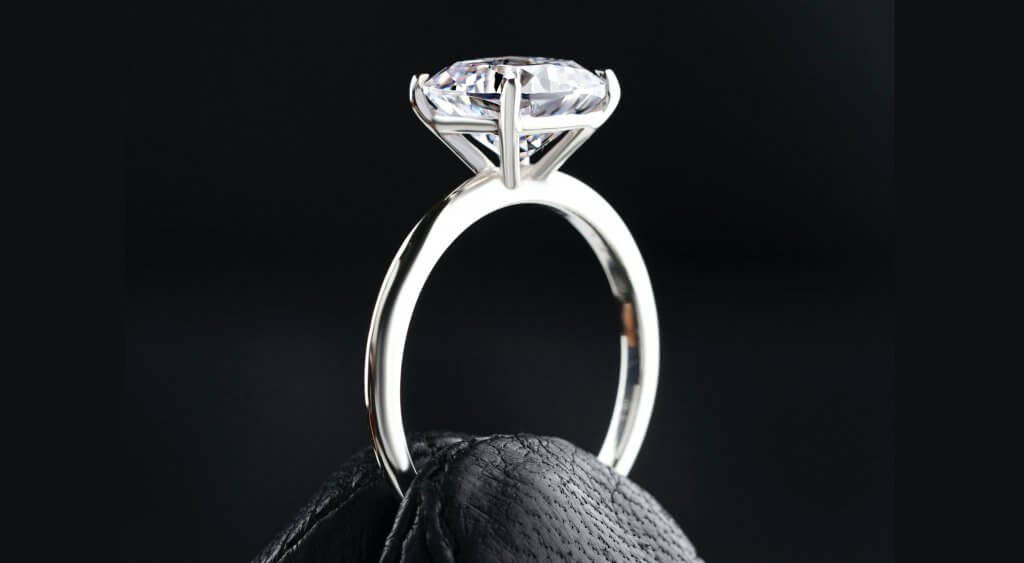
Making the decision to propose is not something any of us come to lightly. Whether you’re the pragmatist or the dreamer – methodical and cautious or more inclined to go with the flow – it takes the same combination of rationality and romanticism to know that this is the time to start making those life-changing plans.
At first, the market value of a diamond is probably far from your mind. You know you’re going to need a ring – that much is a given – and that it’s not going to be a minor expense, but, in that initial wave of excitement (or, perhaps, vertigo), it’s pretty unlikely you’ll jump straight into the numbers game.
But, by now – and judging by the fact that you are here reading this article – we’re willing to bet that you have already landed upon that age-old question, ‘How much does a diamond cost?’
Funnily enough, and for reasons we’ll go into below, asking this is pretty much the equivalent of asking, ‘How long is a piece of string?’ There are, after all, so many variables – so many reasons why the value of the diamond you are buying is driven up or down, and, for that reason, just as many ways to ensure that your investment falls comfortably within your budget.
So, from preparing your wallet to making sure you don’t get ripped off, here is everything you need to know about diamonds, how much they’re worth, and what you should (and shouldn’t) pay for.
- What Determines Diamond Cost?
- The Non-Negotiables
- The Four Cs and Price
- Other Factors
- Diamonds as Investments
- Buying a Diamond
- Our Summary
First Off, What Determines Diamond Cost?
Many, many separate factors contribute to a diamond’s value. Two diamonds of the exact same carat weight could differ by thousands of dollars, while two diamonds of totally different weights could be valued exactly the same.
Diamonds are naturally-occurring gemstones, which means that every single one taken from the ground has been created at random by natural forces. As a result, every single one is totally unique, with its own shape, size, color and identifying marks (otherwise known as inclusions).
In many cases, these unique features are only identifiable under a microscope – while, other times, a diamond will be drawn from the earth with a deep, purple hue, or an astoundingly high carat weight, a high number of inclusions – or, of course, none at all.
All of these factors – and more besides – contribute to the value a diamond is given when it is put on the market.
At this stage, the variability of diamond prices can sound like an unwelcome complication. It would be easier, after all, to know for sure whether your budget can get you a 1 carat diamond, a 2.5 carat diamond, or a 3 carat diamond engagement ring, for instance.
But, when the answer to the question ‘What do diamonds cost?’ is open-ended, the benefit is that you can work on tailoring your criteria to suit not only your budget, but your tastes, too.
Got your heart set on a 2 carat diamond but working to a tighter budget? That’s fine once you learn how to adjust your search parameters without sacrificing the beauty of your diamond.
It’s all about negotiating with your own expectations until you find something that looks ‘perfect’, without the dauntingly high price tag.
Next, Here Are Your ‘Non-Negotiables’
Below, we’re going to look at the various factors that have the most significant baring on the value of a diamond.
We’ve mentioned already that finding the perfect diamond – with ‘perfect’ also referring to price, as well as appearance – is about negotiating, and intentionally aiming for lower quality diamonds in order to avoid the highest value pieces out there.
There is, however, a pretty major caveat: not all features are open to interpretation. So, while we go through the list of variable factors, remember that these should always, always be considered your non-negotiables:
- Cut Quality
Unlike the rest of the Four Cs – and many of the other variables mentioned in this article – this one is entirely down to what happens to the diamond after it has developed underground. Only two grades for cut – Excellent and Very Good – should be considered, even if you can get a diamond thousands of dollars cheaper at a lower cut grade. - Eye Cleanliness
We’ll talk more about this below but, for now, suffice to say that eye clean diamonds represent the only diamonds you should be going for. Clarity is a great area to snag a deal, and sacrifice quality without sacrificing beauty, but there is always going to be a limit to how far down the scale you can afford to go. - Yellow Diamonds
Unless you’re looking specifically for a Fancy Yellow diamond, of course. Like Clarity, Color can help you to save hundreds of dollars, but the limit exists – and shouldn’t be crossed. - Grading
Don’t waste your time shopping for ungraded diamonds, even if the prices look too good to pass up. No reputable seller will attempt to off-load an ungraded diamond onto you and, if someone is trying, it probably means the diamond is nowhere near as good quality as they’re saying it is. - A Jeweler
Diamonds can be cheaper online, and for various reasons, but there are some pretty major benefits to swapping a diamond expert for a webpage…
The Four Cs and Price
Maybe you’ve read up on the Four Cs of diamond quality already – or, on the other hand, maybe this is your first time hearing about them.
In a nutshell, each of the Four Cs influence a diamond’s value differently. While higher grades (or, in the case of carat, a higher weight) all drive the price up, some have a greater bearing on that final price tag than others.
How Does the Color of a Diamond Affect the Price?
It depends on the size of the diamond – and the difference between one color grade and the other – but, in general, a single color grade can impact a diamond’s overall value by around 10%/
It’s very common for a diamond to be tainted by the presence of trace amounts of nitrogen, which cause a yellow hue that varies from practically invisible (unless under strong magnification) to very, very noticeable – and, unfortunately, unattractive.
It can make a diamond appear antiquated and discolored – although, in actual fact, however old a diamond is, it does not change color.
Nevertheless, it doesn’t look good – and it’s not something you want to pay big money for.
In a 1 carat Round Brilliant of VS2 clarity, the difference between a color grade of G and a color grade of H could amount to around $1,000. The difference will be more significant between two concurrent grades that fall within different color categories:
| Colorless | Near Colorless | Faint | Very Light | Light |
| D, E, F | G, H, I, J, | K, L, M | N, O, P, Q, R, | S, T, U, V, W, X, Y, Z |
The GIA color scale
In other words, the difference between F and G is likely to be more significant than, say, the difference between I and J, since F falls within the Colorless category and G within the Near Colorless, whereas the other two grades both fall within that same category.
There is, after all, a prestige attached to diamonds that are considered Colorless – D, E, and F. For this reason, we would steer readers away from these grades, in spite of the guarantee of quality, just as confidently as we would steer them away from any diamond with a Faint, Very Light or Light grade, in spite of the savings.
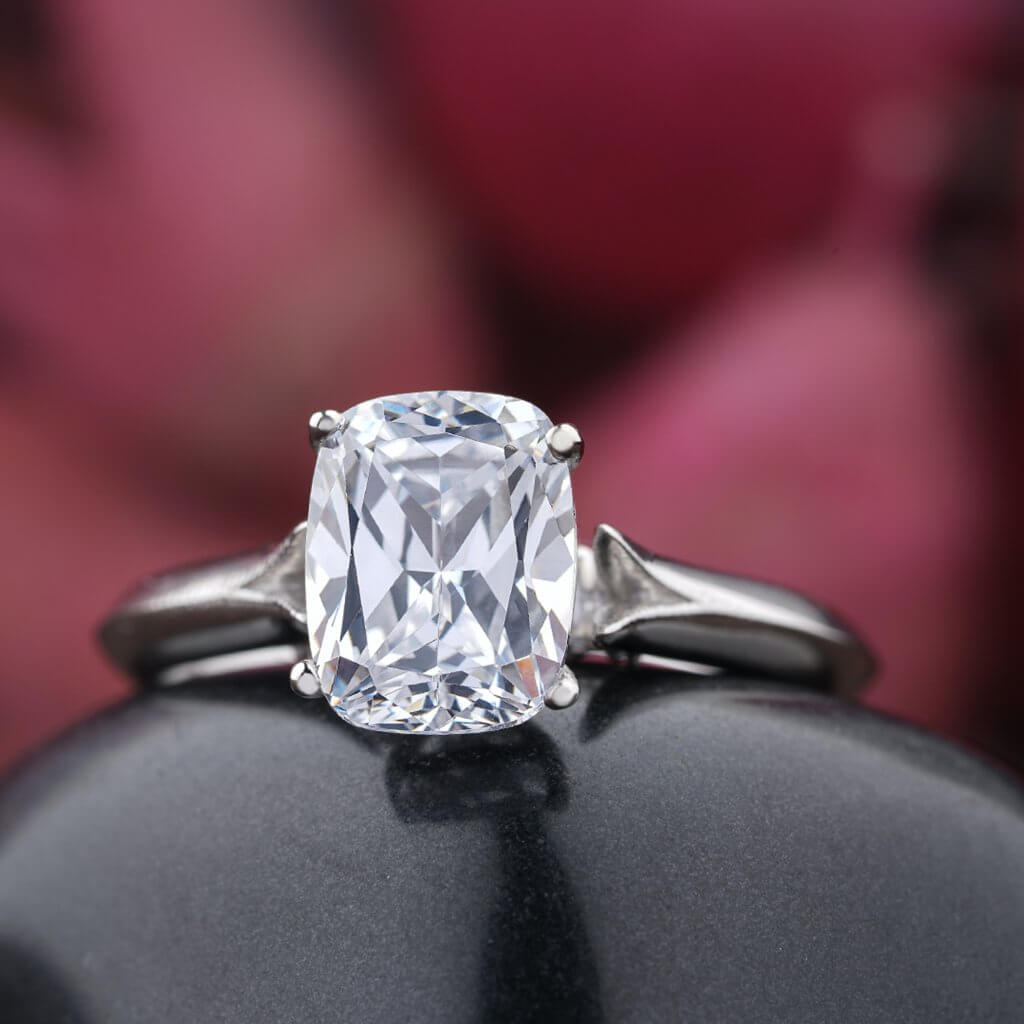
How Does the Cut of a Diamond Affect the Price?
Skillfully cut diamonds sparkle more, and they look better and more symmetrical. It takes more time and expertise to create a symmetrical and well-polished diamond, so this will translate to a more expensive diamond.
For Round Brilliant diamonds, cut is graded by the GIA as follows:
| Excellent | Very Good | Good | Fair | Poor |
The GIA cut scale
The same grades are applied to Polish and Symmetry for the Round Brilliant, and all other diamond shapes, too. As we mentioned earlier, anything graded ‘Good’, ‘Fair’ or ‘Poor’ is likely to impact the visual beauty of the stone, and its light performance, which means this is not an area to save money.
Most jewelry stores don’t sell diamonds that fall below ‘Very Good’ on the GIA’s scale, so it’s pretty easy for first-time shoppers to get used to price points as they pertain to well-cut diamonds.
It’s important not to get ‘cut’ confused with ‘shape’, which also impacts a diamond’s market value. Jump to the section entitled ‘How Does Shape Affect Price?’ for more on this subject.
How Does the Clarity of a Diamond Affect the Price?
Two different grades can affect the price of a diamond by thousands of dollars – if not tens of thousands of dollars – due to the prestige of flawless and near-flawless diamonds.
We mentioned at the beginning of the article how most diamonds that are taken from the ground feature inclusions. These are internal flaws, like cavities or feathers, that can be very, very small, or glaringly obvious when you look at the diamond.
The clarity grades put forth by the GIA run as follows:
| FL | IF | VVS1 & VVS2 | VS1 & VS2 | SI1 & SI2 | I1 & I2 |
| Flawless | Internally Flawless | Very, Very Slight Inclusions 1 & 2 | Very Slight Inclusions 1 & 2 | Slight Inclusions 1 & 2 | Inclusions 1 & 2 |
Any diamond below ‘IF’ on the scale IS, by definition, flawed (included), and these represent the overwhelming majority of diamonds on the market today. In turn, this means that FL and IF graded diamonds are given a staggeringly high price on the market. A 1 carat IF graded diamond will cost between to $15,000 – $20,000 (depending on color and cut), while a 1 carat VS1 graded diamond will cost substantially less – typically between $3,000 – $6,000.
In the 1 carat range, a massive selection of 1 carat, eye clean diamonds are available – and often as far down the scale as SI1 and SI2.
Let’s say you’re looking at two 1 carat Round Brilliant diamonds featuring an I color grade. One is VVS1, and the other SI2 – meaning they’re around $2,300 apart in price. They’re both ‘eye clean’, meaning that any distinguishing features are only visible under a microscope, and you’re finding it impossible to tell them apart.
Which one do you go for?
Hopefully, you’ll pick the SI2 diamond – and save yourself the premium cost attached to diamonds that are microscopically better than the rest.
How Does Carat Weight Affect Diamond Price?
Price increases exponentially alongside carat weight, meaning that a 2 carat diamond will not simply equal twice the value of a comparable 1 carat diamond, and so forth…
There’s no denying that bigger diamonds have a certain prestige about them. While a more modest 1 carat diamond represents the ‘average’ within America – and is perfectly capable of creating an impressive, breathtaking ring – there are plenty of people looking to ‘drop jaws’ by investing more into a substantially larger and heavier diamond.
Couple this with the fact that bigger diamonds are less common. Don’t get us wrong, you’re not going to face a struggle to find a larger diamond, but it’s a far more common occurrence for a diamond cutter to encounter a rough stone that can yield a diamond of < 1.00 carats (or just over) than it is for them to find a rough stone than can yield a diamond of, say, > 2.00 carats.
Consider how much discrepancy exists between the usual price ranges for 1, 1.5, 2 and 3 carat Round Brilliant diamonds:
| Carat Weight | Average Price Range |
| 1.00 | $2,500 – $20,000 |
| 1.50 | $5,000 – $36,000 |
| 2.00 | $8,500 – $58,000 |
| 3.00 | $21,000 – $100,000+ |
The same holds true for other diamond shapes – although their prices will be different (more on that below).
Prices at the low end are reserved for diamonds with considerably lower quality – i.e., diamonds with visible inclusions or color, or a poor cut – so don’t make the mistake of thinking that it’s possible to get a worthwhile diamond at the lowest price shown here.
Other Factors
We talk about the Four Cs at length on this site, primarily because they represent the most significant features for any diamond – both in terms of quality and price – and provide a pretty convenient way for you to gain insight into those all-important considerations. Still, there is more to a diamond than cut, color, clarity, and carat…
How Does Fluorescence Affect Price?
Depending on the severity of the fluorescence, prices can be reduced by between 2.5% and 25%, in extreme cases.
Some diamonds are naturally fluorescent, and some more so than others. You can read more about Diamond Fluorescence here but, for now, the most important thing to keep in mind is that fluorescence can have a pretty major (and negative) impact on the appearance of a diamond.
For starters, it can create a noticeable blue cast within the stone – something that most diamond buyers (and, in particular, buyers on the hunt for an engagement ring) don’t want. Furthermore, an extremely high level of fluorescence can create a cloudy look within the diamond – another undesirable feature.
As a result, diamonds with fluorescence are priced lower.
As with the Four Cs, fluorescence is graded on a scale:
| None | Faint | Medium | Strong | Very Strong |
We advise shoppers to stick to the range of None, Faint and Medium, in order to ensure that they don’t pick out a diamond that appears blue or cloudy.
Strong fluorescence can reduce the price of a diamond by between 10% and 20% (or more, in some instances), while, for the most part, Faint fluorescence will only reduce the price by between 2.5% and 6.5%.
How Does Shape Affect Price?
The popularity and complexity of certain shapes – not to mention the wastage produced by each one – will impact their value by thousands of dollars.
Yes – that’s right. Two diamonds featuring the same clarity, cut and color grades, and the same level of fluorescence, can still differ in price by thousands of dollars, simply because of their different shapes.
It makes sense, then, that the most expensive diamond cut is also the most popular. In fact, the Round Brilliant – that classic diamond cut for the classic solitaire ring – accounts for more than half of all diamonds purchased each year across the US, with the 1 carat Round Brilliant representing the true ‘mainstay’ of the world of engagement rings.
The Round Brilliant isn’t just popular – it’s also more than a little inconvenient for diamond cutters, who have to sacrifice around 60% of the original weight of the rough diamond, in order to create the perfectly proportioned shape and facets of the Round Brilliant.
Given what we said about the high value of weightier diamonds, it’s clear that the diamond cutter has to make up for this loss in weight another way: by increasing the cost of the Round Brilliant.
Some shapes prove far more economical for diamond cutters, which translates to lower prices on the market – particularly when you take into account their relative lack of popularity, compared with the Round Brilliant.
A 1 carat SI1 H color Round Brilliant, for instance, could cost around the mark of $6,700, a 1 carat SI1 H color Pear cut diamond (fancy cut) is going to be considerably lower in price, around $4,900.
Is a Certified Diamond Worth More?
Not necessarily, but a diamond that has not been graded by a reputable body and accompanied by an authentic report is likely to cost less – and represent a far greater risk to you.
One important thing to note is that the term ‘certified diamond’ is technically incorrect, as labs that offer grading for diamonds are not there to certify them, but to create a comprehensive and clear report on that particular stone. Nevertheless, the process is colloquially referred to as diamond certification – and is a very important process to understand if you want to make the best purchase possible.
Grading a diamond is the only way to determine its value. Without that report, we can only guess at a diamond’s quality – and, in turn, its price. The GIA, or the Gemological Institute of America, represents the most widely trusted lab for grading diamonds, and their methods were specifically designed to provide transparency and clarity to shoppers.
Without a report, shoppers are in the dark – and vulnerable to paying potentially thousands of dollars more for a poor quality diamond.
Each week, the Rapaport Diamond price list is released, and that sets a guide price for diamonds that fall at particular carat weights, and particular grades for clarity and color, and establishes a price per carat.
Some grading labs are a little too ‘loose’ with their methods, which means that, according to the Rapaport Price List, they will be priced higher than they would be if, say, the GIA had graded them.
GIA graded diamonds are not inherently more or less valuable than diamonds graded by another lab, but they are priced more realistically – thanks to the exacting methods used by this lab’s graders.
You can read more about diamond certification here, and the different labs operating today – and, accordingly, the labs that will ensure you make the best possible decision.
Are Diamonds Cheaper Online?
In general, yes, you can find diamonds online for lower prices, due to vendors’ ability to move large numbers without maintaining a store run by experts. However, the slightly higher cost of buying a diamond in-person falls under our ‘non-negotiables’ category.
Why alluded to this above, but we feel it’s important to ensure our readers are clear on the drawbacks inherent to online shopping for diamonds. Why? Because, while venturing into a jewelry store and making use of the years’ of expertise held by the jeweler – both regarding your choice of diamond, and your ring’s overall design and creation – is an experience, buying a diamond online is a transaction.
This experience is important because it’s what ensures that the engagement ring you create is not only perfectly suited to your partner’s tastes, but also that you don’t waste your money on one aspect (such as color) when it could be better spent on carat or clarity.
Consider the fact that many online sources recommend you shop at a clarity grade of VS1 or VS2. There is certainly a benefit to this – it allows you to save money by forgoing the premium cost of VVS1 and VVS2 or, worse still, IF. But, in many cases, it’s possible for shoppers to find an eye clean diamond even lower – at the SI1 or even SI2 clarity grade, depending on the size and shape of their diamond.
In other words, every shopper’s ability to maximize their budget is different, and only the personalized expertise of a jeweler can ensure that you actually make those savings.
So, you could end up saving money – and finding a much better diamond, and a more unique ring setting – by choosing to go the traditional route, even if prices are a little higher than they are from an online store.
Diamonds as Investments
As with any high value purchase, it’s handy to know where your money is going – and what that initial investment could mean in the future.
Are Diamond Prices Going Up or Down?
Up – and they have been for quite some time.
Diamond’s market value has been steadily increasing since the 1960s – around 14% year on year. This is, of course, partly down to inflation – but also sheer popularity. The diamond for diamonds – and, of course, diamond engagement rings – is continuing to grow, and our near-unanimous love for this gemstone shows no signs of slowing.
Couple that with the inescapable fact that diamonds represent a finite resource. Compared with many other natural substances, they are rare – and all the more so when they are of a good size and quality – and take billions of years to form underground.
All things considered, it’s no wonder that their value on the global market continues to rise.
Is Diamond a Good Investment?
In general, yes, but it depends on what kind of investment you’re looking to make.
If you’re the sort looking to turn a quick profit by keeping a sharp eye on fluctuating market prices, then a diamond won’t represent the wisest investment. Why? Because a diamond’s value tends to dip for a little while after purchase before it stabilizes. In order to retain a diamond’s value, you’d have to invest without ever seeing it – and not see it before you sell it onto the next buyer – which is not something people looking for an engagement ring tend to do. That represents a totally separate side to the diamond world.
A diamond’s value is lower than what you’re going to pay for it, as a casual buyer in the market for an engagement ring. This is mainly down to the fact that, when you buy a diamond from the jewelry store, it’s subject to the same mark-up that any other product is; plus, you’ve likely invested into the ring setting, too, and, potentially, the premium cost of a certain brand.
Chances are, however, that you’re not looking to do this. An engagement ring – or any other piece of fine jewelry – is designed to be worn by one person, and one person only, for many, many years.
In this sense, a diamond is a good investment. First of all, because it’s impossible to match the sentimental value wearers of engagement rings feel towards them and, secondly, because diamond’s value continues to increase globally.
We do not have an endless supply of diamonds waiting to be mined – and that fact alone will continue to push their value higher throughout the years.
Is Diamond Resale Value Low?
While the immediate resale value of a diamond purchased through a jewelry store will be lower than what you paid for it, the long-term increase in value to diamond is an important factor to remember.
The exact answer to this question depends on many factors – namely, the quality of the diamond being resold and, of course, how long after purchase you intend to resell it. Just as there is no simple equation behind the price of all diamonds, there is no simple equation for calculating their resale value.
Afterall, the Krupp Diamond – famously nicknamed the Elizabeth Taylor diamond – was purchased for $305,000 (about $2.4 million in today’s money). In 2008, forty years later, the diamond was sold for $8.8 million – an incredible increase brought on by the diamond’s impressive size, beauty, and history.
For diamonds without that same level of prestige, the story is going to be quite different. Over the years, however, the sentimental value of a beautiful diamond ring takes precedence within a family, and few will want to sell it – regardless of value.
As we mentioned above, however, the value of diamond continues to increase – so who knows quite what the future holds for vintage, second-hand diamonds?
Buying a Diamond
It’s all good to understand the theory behind a diamond’s value but, even then, it’s not always easy to put that knowledge into practice and work out exactly what you should expect to pay, and why. Here’s what you need to know…
What is a Fair Price for a Diamond?
There is no singular answer to this question, but a fair diamond price will be one that fairly takes into account the diamond’s GIA report findings for cut, clarity, color and carat weight, and its shape.
Even after learning about the different factors that contribute to a diamond’s value, it can still be difficult to predict what price a diamond should be given, and whether or not you’re being ‘taken for a ride’.
For starters, this can be allayed by simply choosing to shop from a reputable (and local) jewelry store. One of the main benefits to taking this route, besides the expertise of the jeweler, is the fact that they have a reputation within the local community to uphold, and won’t mark-up their diamonds (or attempt to pass off their quality as better than it really is).
It’s not always easy to know who to trust, particularly when you’ve got no past experience in this area. Our Jewelry Store Finder searches our own vast network of trusted jewelers to connect you with an establishment capable of guiding you through this process.
After that, it’s a case of growing comfortable with the value of diamonds that possess the weight and quality you’re looking for. Utilizing the Rapaport Diamond Price List will ensure that you’re more clued
How Much Should I Spend on a Diamond?
The traditional rule of thumb is two to three months’ salary, but it can help to start off by thinking about what sort of diamond you want – size, shape, etc – and being led by that.
It’s something of a juggling act, working out how much you would have to spend to create the perfect engagement ring, and working out how much you can actually afford to spend.
Thankfully, the leeway offered by certain otherwise costly features, like Clarity and Color, means that you can work on tailoring your choice of diamond to fit comfortably within your price range, and that it’s not a losing game to start doing your research on diamond prices before you have settled on a definitive figure for your budget.
In the US, the average spend on an engagement ring sits at around $6,000. A diamond typically accounts for around 80% – 85% of a shopper’s budget (with 15% – 20% leftover for the ring setting) which means that the average shopper can expect to invest around the $5,000 mark.
If you’re looking to go beyond the average size of 1 carat for an engagement ring, of course, then you’re going to need to set your sights a little higher accordingly.
What is the Cheapest Way to Buy a Diamond?
The most cost-effective way is via a reputable jewelry store, rather than a chain or an online vendor – although online vendors will technically be cheaper.
In other words, the cheapest way to buy a diamond is not the most cost-effective, for the simple fact that, when it comes to a purchase of this size and significance, it takes more than a competitive deal to make a strong decision.
Buying a diamond is a daunting process. There’s a lot to understand and remember if you want to make the most of your money – and that’s why the speed and competitive pricing offered by the online vendors proves so tempting to so many shoppers.
Still, you can’t judge the quality of a diamond by a photo alone. A diamond may look pretty noticeably included in a close-up photograph but, in real life, it may look eye clean. Without seeing it in person, you may pass up on a great diamond with a great price in favour of one that looks better online, meaning your money can’t go as far.
Don’t get us wrong – choosing to research and browse quality diamonds online is an incredibly effective use of your time…before you follow through with a consultation between you and an expert jeweler.
Are Chain Jewelers Cheaper?
In general, no. Chain jewelers tend to mark-up prices quite significantly, particularly if they’re a coveted brand.
It’s true that chain jewelry stores are more likely to run regular, seasonal sales on their diamond jewelry, but the issue is that those items tend to be higher in price already – and, of course, lacking in the personal touch offered by a local jeweler.
Also, some of the most influential chain jewelry stores in the world will naturally attach a premium price to their jewelry, for the simple fact that the prestige of their branding will always draw in a fair sized crowd.
It’s impossible to deny that these brands have a certain allure, but, when you consider the high price you’re going to have to pay for their hallmark, it’s clear that you’re limiting yourself pretty significantly on other, more important features – namely, the size and quality of the diamond you choose to invest into.
The Diamond Suggested Retail Price is derived from up-to-date market data using an objective and fully transparent methodology. It will guide consumers in how much they should pay for a diamond.
The Diamond Suggested Retail Price
Diamonds are one of the few retail sectors without a retail benchmark for consumers. It can be a confusing experience for first-time diamond buyers to purchase a diamond. Confidence is essential when it comes to luxury products that will accompany consumers through significant life events. It is important for consumers to be able to buy diamonds with the confidence that they paid a fair price for them.
The DSRB presents a retail price recommendation for a diamond based on each of the 4Cs (Cut, Carat, Color, and Clarity) and the high-end retail prices currently in the market, allowing enough room for all business models. The DSRB should only be used as background information, and the sellers determine actual prices.
The Diamond Suggested Retail Price is based on the following principles:
- Up-to-date market data
- Derived using an objective and transparent methodology
- Audited by a third party
- Supportive of the trade
- Accessible to consumers worldwide
- Governed by an inclusive board with representatives from all stakeholders – manufacturers, wholesalers, retailers, and consumer advocates
For each category of Cut (Shape), Carat, Color, and Clarity, the DSRB is determined by the following formula:
{High asking prices in the open global professional B2B markets}
+
{High customary retail markup}
Are Prices at Jewelry Stores Negotiable?
Often, yes. And this can be preferable to waiting for a seasonal deal.
Everyone has their own theories on the ‘best time’ to buy an engagement ring, but the fact of the matter if that, provided you’re avoiding any of the chain retailers (either the stores, or the online vendors) the only right time to buy a ring is when you’re ready to make that commitment.
Negotiating is something that many independent and smaller jewelry stores are open to, and, while it’s probably not something you’re super familiar with, it’s a great way to get a good price on your engagement ring.
Examples of diamond-related discount drivers:
- No certificate
- Low-level cut grade
- Low-quality symmetry
- Low-quality polish
- Thick girdle
- Strong fluorescence
Examples of retailer-related discount drivers:
- Low levels of customer service
- More efficient and value-oriented retailer
- Promotional activity
Our Summary: What is a Diamond Really Worth?
A diamond’s value is calculated by quality, rather than a single, measurable feature like weight or size. It could be worth just a few hundred dollars, or its value could extend way into the millions – but there is always a reason behind that price.
As soon as you get the ring on your partner’s finger, a diamond is worth far more than the initial expense. The staggering number of diamonds sold each and every year to happy brides- and grooms-to-be is testament to the fact that there is some undeniable quality within these gemstones capable of doing justice to this momentous stage in a couple’s journey together.
This isn’t something that anyone can quantify, but it’s a sure sign that the value of a diamond is something that is worth paying – and, for that reason, something that is wort understanding, in order to make sure that you get the most beautiful diamond possible.
It isn’t necessarily simple. Every diamond has its own list of distinguishing characteristics that make it totally different to another, even if – at first sight – they appear exactly the same.
But this is precisely what you can work in your favor as you start shopping around. The ability to tailor your search to your budget, rather than the other way around, means that you will be able to create a totally unique engagement ring for your partner – and one that speaks volumes on your behalf when you finally get down on one knee.
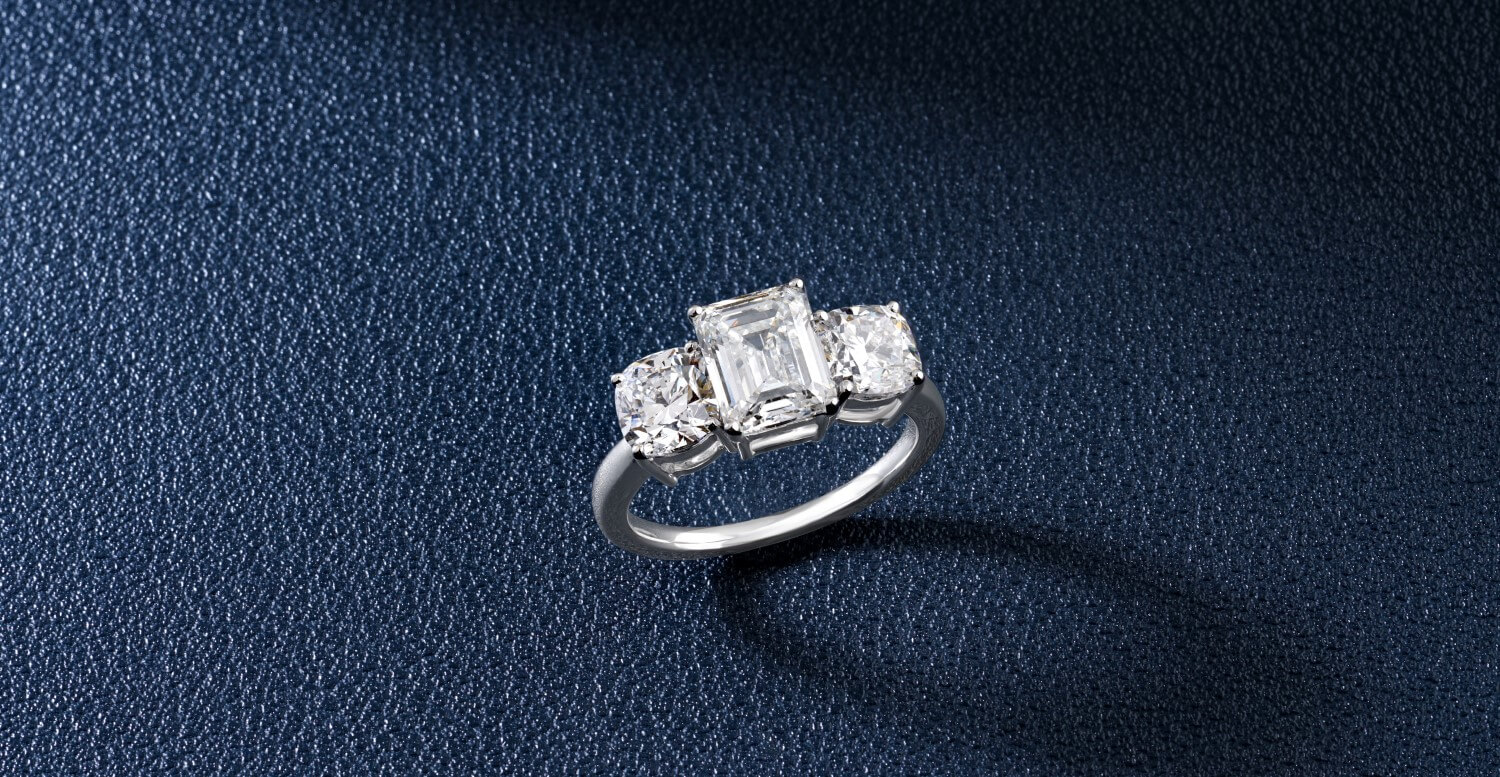
Aug 8, 2022 By Willyou.net
How Much Does a 5 Carat Diamond Ring Cost?

Aug 8, 2022 By Willyou.net
How Much Does a 4 Carat Diamond Ring Cost?
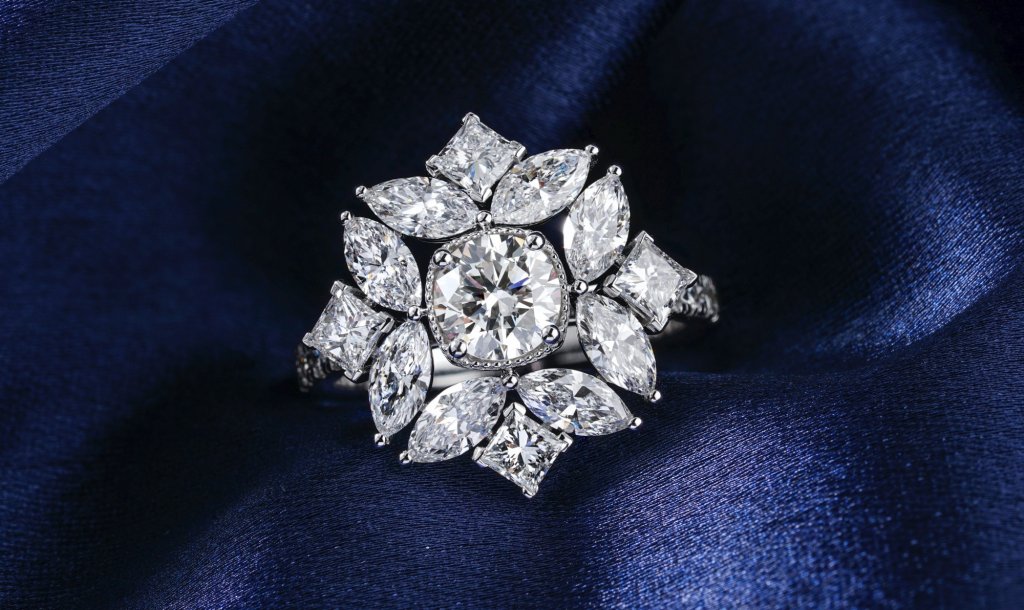
Mar 26, 2022 By Willyou.net
The truth behind the cost: Why are Diamonds so expensive?
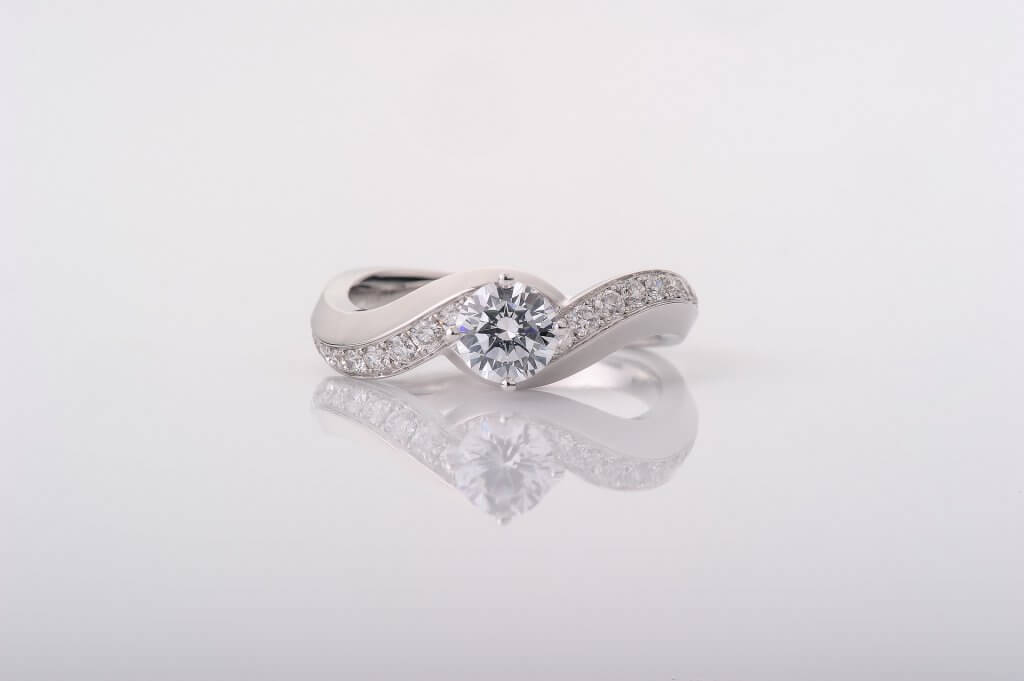
Mar 17, 2022 By Willyou.net
Perfect ring within your budget: Finding a $5000 Engagement Ring

Mar 17, 2022 By Willyou.net
A perfect balance of sparkle and size: 0.5 Carat Diamond Engagement Rings
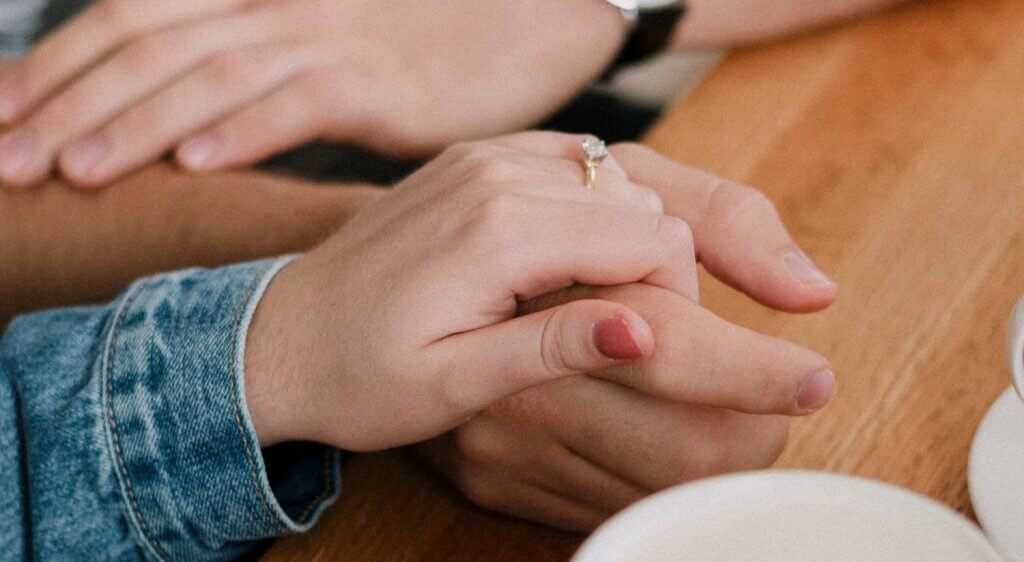
Mar 17, 2022 By Willyou.net
Want a $4000 diamond ring? Here’s how to find it
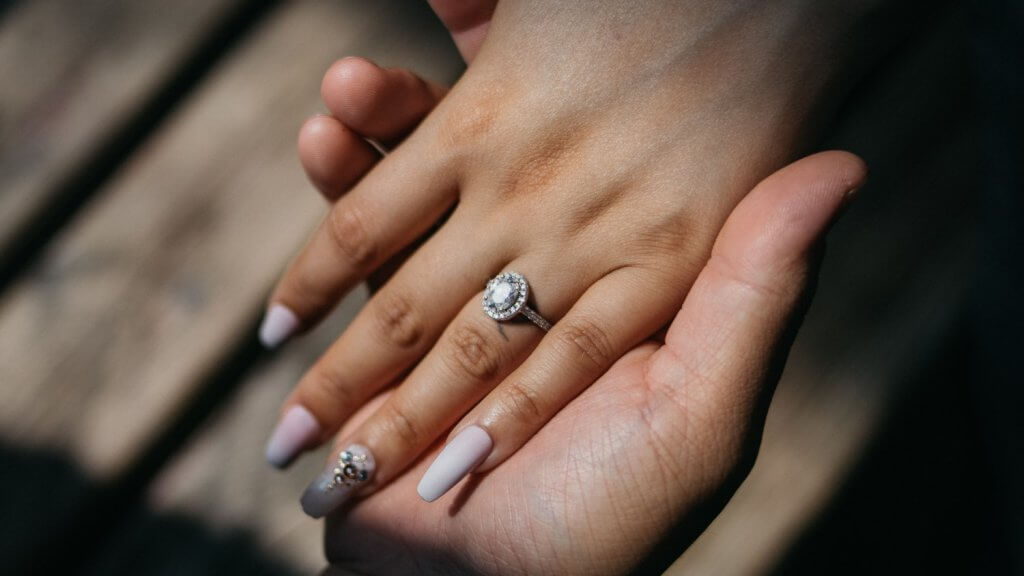
Mar 17, 2022 By Willyou.net
Expert tips on how to find a $12000 engagement ring
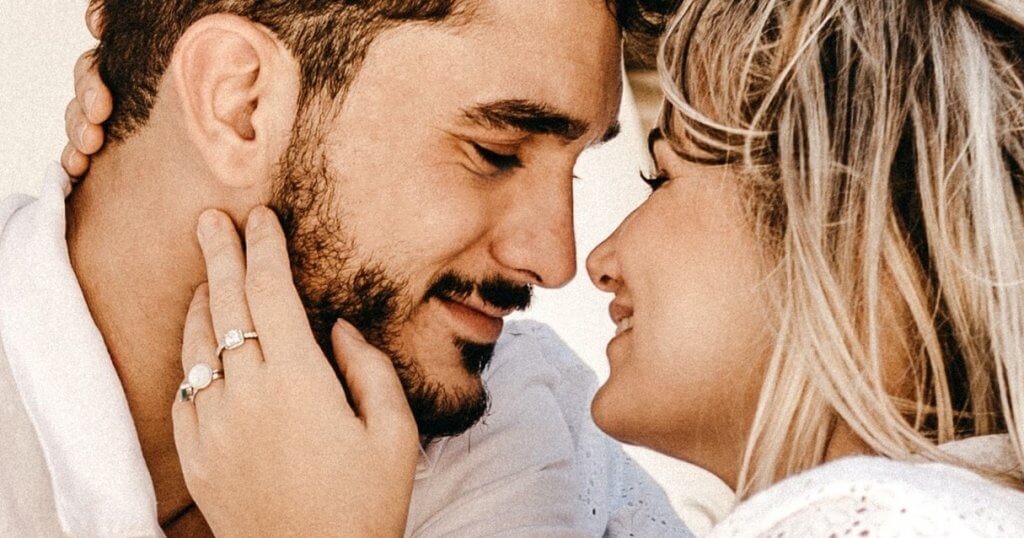
Mar 17, 2022 By Willyou.net
Step by step guide: How to find a $6000 engagement ring
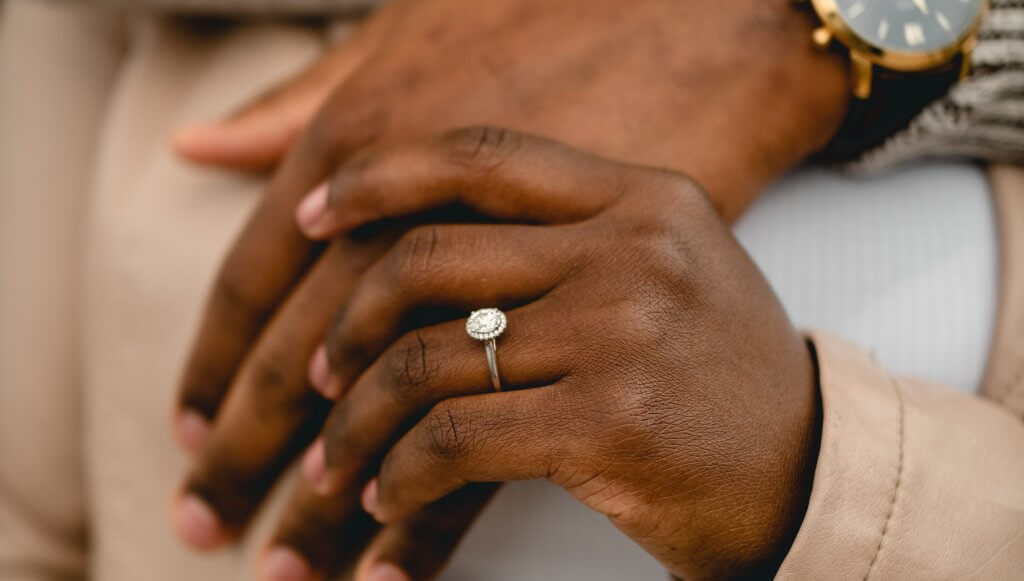
Nov 14, 2021 By Willyou.net
How Much Does a 1.5 Carat Engagement Ring Cost?
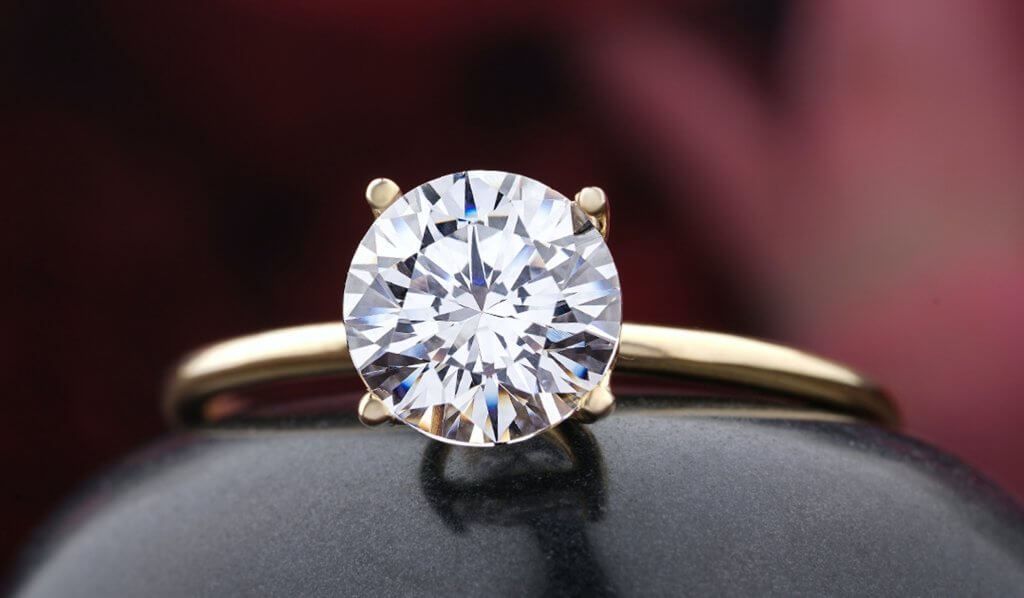
Oct 29, 2021 By Willyou.net
How Much Does a 2 Carat Engagement Ring Cost?
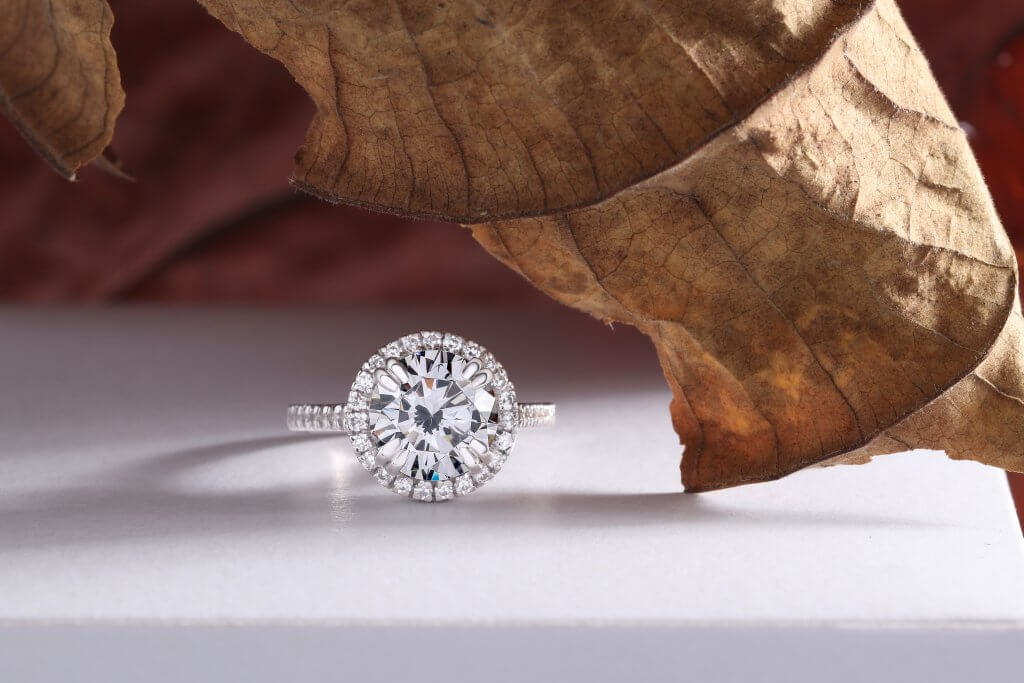
Oct 15, 2021 By Willyou.net
How Much Does a 3 Carat Diamond Ring Cost?
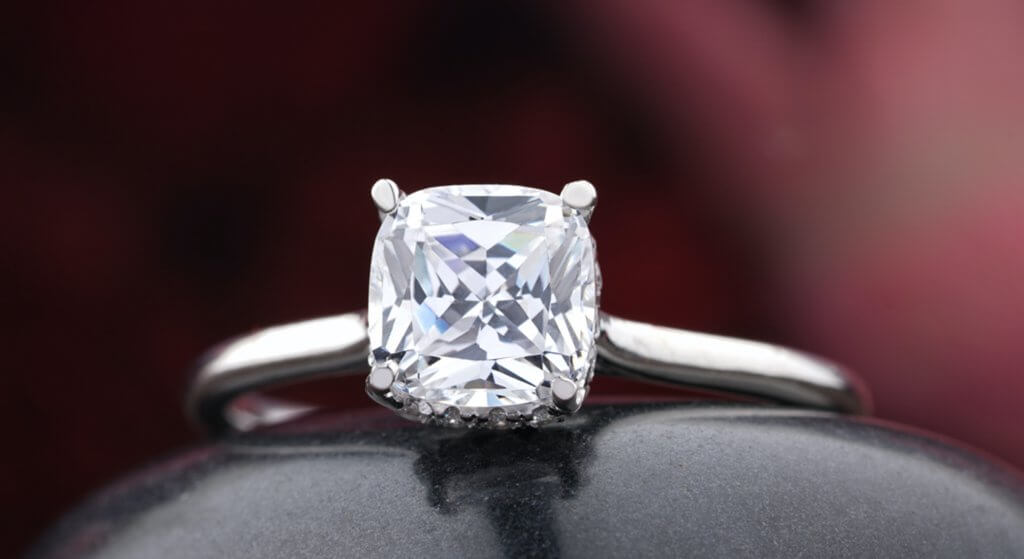
Oct 15, 2021 By Willyou.net
How Much Does a 2.5 Carat Diamond Ring Cost?
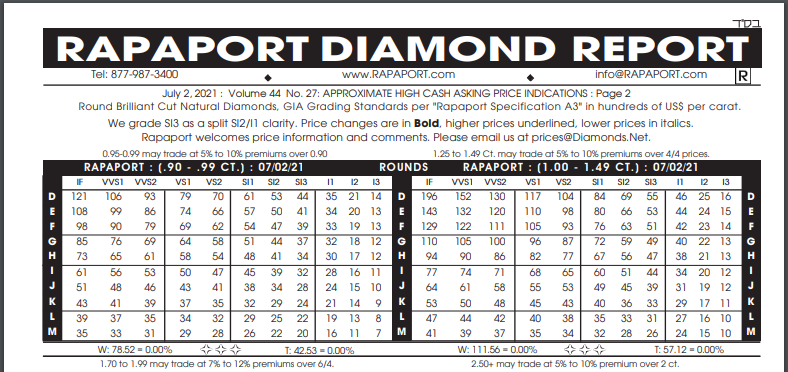
Oct 15, 2021 By Willyou.net
Understanding Your Investment: Are Diamonds Valuable?
